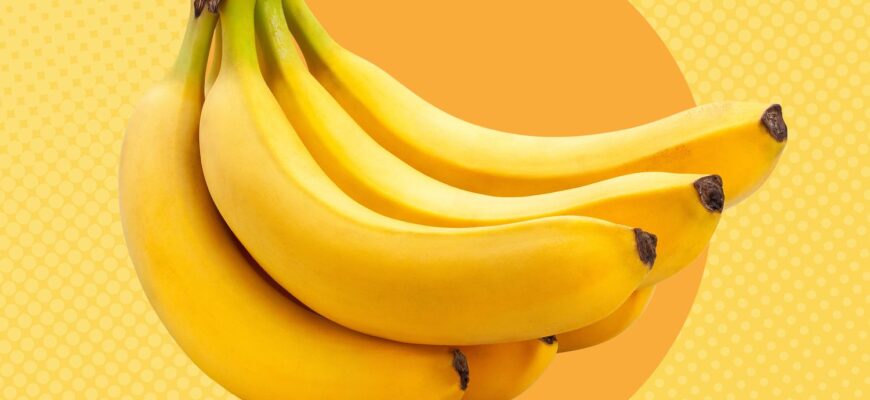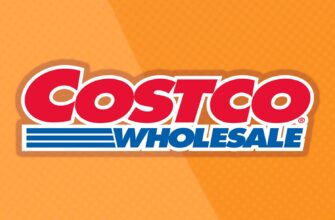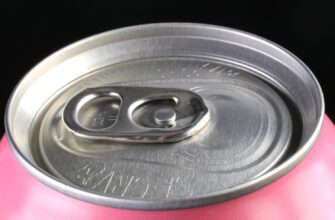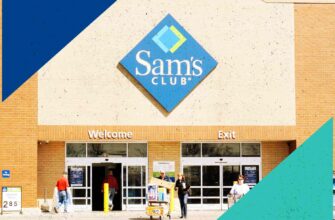Close

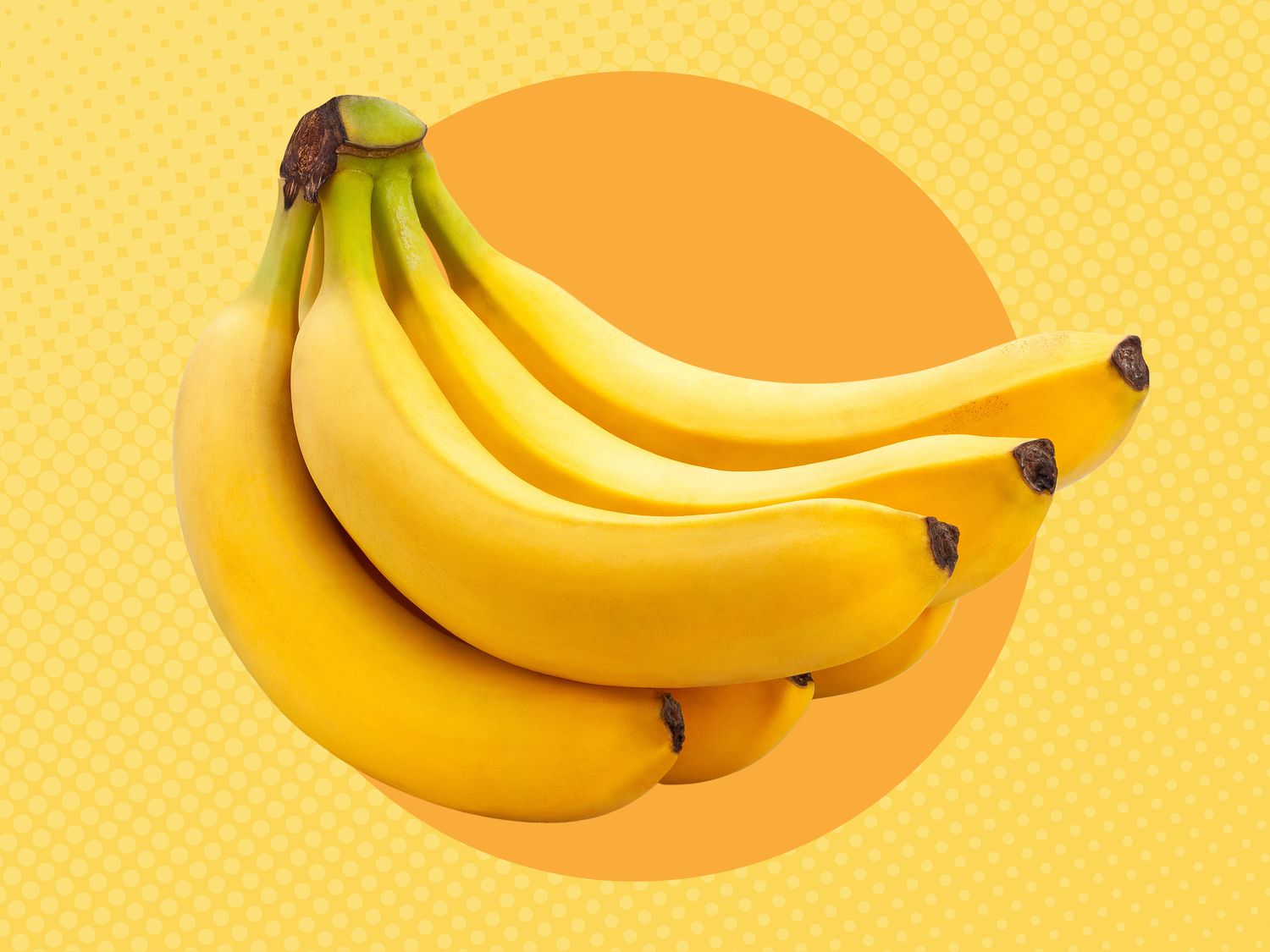
Photo:
Adobe / Allrecipes
Key Takeaways
- A UK-based company has engineered a banana that doesn't brown and stays fresh for longer.
- This is when you can expect to see the banana in grocery stores, including those in the United States.
There’s nothing like the disappointment of coming home with a haul of fresh fruit, only to discover half of it has browned or rotten within a couple of days. Now, thanks to science, those days of tossing out fruit preemptively may soon be a thing of the past.
A Non-Browning Banana Is Coming to Stores
A UK-based biotech company called Tropic has successfully engineered a banana that remains fresher for longer—12 hours after it’s been peeled, to be exact. How is this possible? They used a gene editing technique called CRISPR to disable the enzyme responsible for making bananas turn brown. Similar to how apples and potatoes change colors once cut, the browning we see in bananas is due to oxidation, and is not a reliable indicator of a banana’s ripeness.
Gilad Gershon, co-founder of Tropic, told AgFunderNews, “The bananas have the same taste, smell, sweetness profile, the same everything, except that the flesh doesn’t go brown as quickly, which means you can add them to fruit salads and cut fruit products, opening up a huge new market.”
While genetically modified non-browning apples have been around for a decade, bananas present a unique challenge. Nearly all the bananas consumed in the United States belong to the Cavendish subgroup, which is seedless and can only reproduce through cloning. Yes, that means the bananas from today are essentially genetically identical to the ones from the 1960s. As a result, selecting genes for desirable traits is nearly impossible since all the bananas are virtually the same.
This discovery not only opens up more possibilities for modifying bananas to improve disease resistance and extend shelf-life (which Tropic is already working on), but it may also make a huge impact in reducing food waste and lowering global greenhouse gas emissions. Nearly 33% of the world’s harvested agriculture goes to waste—including almost 60% of banana biomass after harvesting.
Tropic believes its non-browning bananas “have the potential to significantly reduce food waste and CO2 emissions along the supply chain by more than 25%,” which the company suggests is “a reduction in CO2 emissions equivalent to removing 2 million passenger vehicles from the road each year.”
The new non-browning bananas have already been approved for commercial sale in the Philippines, Colombia, Honduras, the United States, and Canada, so we can expect to see them in stores before the end of the year.
I know, I know—browned bananas are the secret workhorse of some of our favorite treats like banana bread, banana cream pie, and more. But now, we can have perfectly ripe bananas that aren’t mushy and brown. This is more than a win for our kitchens, it’s a win for our food systems and planet, too.
Was this page helpful?
Thanks for your feedback!
Tell us why!
Other
Submit
